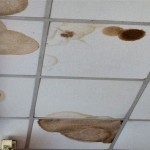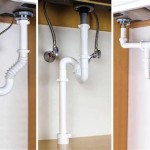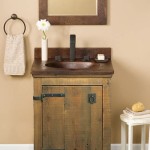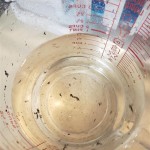How to Get Rid of Mold on Bathroom Tiles and Grout in Showers
Mold growth in showers is a common problem that can affect the appearance and health of your bathroom. Mold thrives in moist environments, and the continuous exposure to steam and water in showers creates the perfect breeding ground for this unsightly and potentially harmful organism. While cleaning moldy surfaces can be a daunting task, it is essential to address the problem promptly to prevent further growth and potential health risks.
This article will provide a comprehensive guide on how to effectively remove mold from bathroom tiles and grout in showers. It will outline the necessary tools and materials, provide step-by-step instructions, and offer preventative measures to minimize future mold growth.
Identify and Assess the Extent of the Mold Growth
The first step in tackling mold in your shower is to accurately identify the extent of the problem. Examine the tiles and grout closely, paying attention to any discoloration, black spots, or fuzzy patches. Note the areas that appear to be most affected. Mold often starts in the grout lines, where moisture can easily penetrate and build up. This is why it is crucial to clean grout regularly to prevent mold from taking hold.
If the mold growth is limited to a small area, you may be able to address it with a simple cleaning solution. However, if the mold is extensive or appears to be growing beneath the tiles, professional intervention may be necessary to prevent further damage and potential health hazards.
Clean the Tiles and Grout
After identifying and assessing the mold growth, you can proceed with cleaning the affected areas. The following steps should be followed to ensure effective mold removal:
1.
Prepare the Area:
Wear protective gloves, goggles, and a mask to prevent contact with mold spores. Open windows and doors to improve ventilation and reduce the risk of inhaling harmful spores. Ensure the room is well-lit for optimal visibility. Use a small bucket to mix cleaning solutions. 2.Apply Cleaning Solution:
Choose a cleaning solution specifically designed for mold removal. These solutions typically contain bleach, which is effective in killing mold spores. However, it is essential to dilute bleach properly according to the product instructions. Avoid using strong chemicals on delicate tiles or grout, as they can damage the surface.3.
Scrub the Tiles and Grout:
Use a stiff-bristled brush to scrub the tiles and grout thoroughly. Pay special attention to the corners and edges where mold tends to accumulate. Apply gentle but firm pressure to dislodge the mold and spores. 4.Rinse Thoroughly:
After cleaning and scrubbing, rinse the tiles and grout thoroughly with clean water to remove any remaining cleaning solution and mold debris. Ensure all traces of the cleaning solution are removed to prevent potential damage to the surfaces. 5.Dry the Area:
Use a clean cloth or towel to dry the tiles and grout completely. Allow the area to air dry completely to prevent the growth of new mold spores.Preventative Measures
Once the mold is removed, it is crucial to take preventative measures to minimize future growth. The following steps can help to create an environment that is less conducive to mold:
1.
Maintain Proper Ventilation:
Ensure good ventilation in your bathroom by using an exhaust fan during and after showering. This helps to remove excess moisture from the air, reducing the risk of mold growth. 2.Dry Surfaces After Showers:
After each shower, wipe down the tiles and grout with a clean cloth to remove any water droplets or soap scum. This prevents moisture buildup and creates a less hospitable environment for mold. 3.Apply a Sealant:
Consider applying a sealant to the grout lines to create a barrier against water and moisture penetration. This can significantly reduce the risk of mold growth in the grout. 4.Regular Cleaning:
Regularly clean the tiles and grout using a mild cleaning solution. This helps to prevent the buildup of soap scum, dirt, and other debris that create a favorable environment for mold spores.By following these steps, you can effectively remove mold from your bathroom tiles and grout and prevent future growth. Remember to prioritize cleanliness and hygiene to create a healthy and comfortable bathroom environment for yourself and your family.

How To Clean Mold In Shower Grout Tips And Tricks Certified Care

How Do I Remove Black Mould From Shower Floor

Black Mold In The Shower How To Clean It Kitchen With Matt

How To Remove Mold From Shower Caulk Or Tile Grout Fabulously Clean

What Is The Best Way To Clean Shower Grout Mold Anita S Housekeeping

Black Mold In The Shower How To Clean It Kitchen With Matt

How To Clean Grout Cleaning Stains

The Top 4 Causes Of Bathroom Mould How To Get Rid It

How Can I Clean Mildew From Grout Puroclean Hq

How To Get Rid Of Pink Mold In Your Shower







